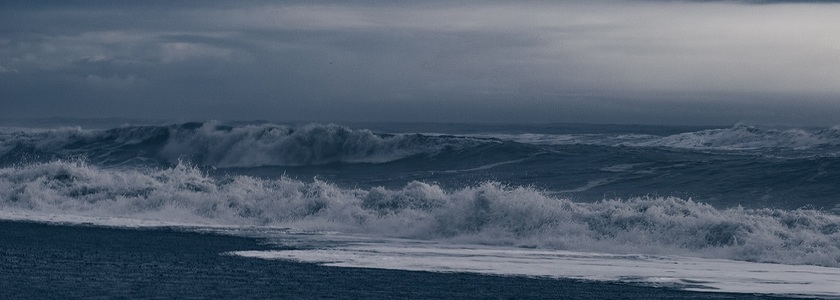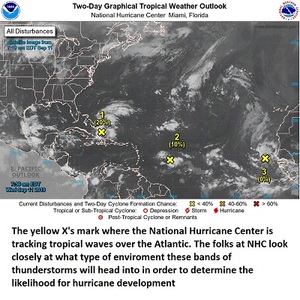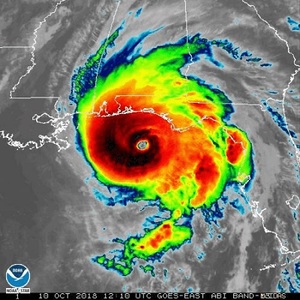

Professor Paul Thursday- How a Hurricane is Born
Hurricanes are the most powerful storms on Earth. The foundation of these incredible storms oftentimes begins as a seemingly disorganized band of thunderstorms progressing underneath a tropical disturbance. In order to see these rudimentary systems morph into a hurricane, a number of factors must coincide with one another, as a delicate balance is needed for the tropics to cultivate these powerful storms.
The most important ingredient for a hurricane is an expanse of deep, warm ocean water. Hurricanes thrive in ocean waters that are at 80° Fahrenheit (F) or greater. This is integral because water that is at least 80° F will readily evaporate into the air. This leads to moisture-rich air near the base of the system that can be constantly fed into the towering bands of thunderstorms near the center of the storm. When the moist air rises, water vapor condenses onto nuclei, thereby forming the base of the cloud. This phase change of water from vapor to liquid releases heat into the atmosphere known as "latent heat." Since warm air is less dense, and therefore, more buoyant than cool air, this release of heat into the atmosphere results in explosive vertical growth of the inner bands of thunderstorms near the center of the hurricane.
The large volume of air that rises into the bands of thunderstorms ends up leaving lower pressure at the base of the thunderstorms. This lowering pressure at the surface attracts air farther from the center of the hurricane inward (due to the fact that high pressure will naturally flow toward lower pressure). In the Northern Hemisphere, hurricanes rotate counter-clockwise while tropical cyclones rotate clock-wise in the Southern Hemisphere. This is due to the Coriolis force that is present due to the Earth's rotation.
A lack of wind shear is a another key ingredient needed for hurricane maintenance or development. This means that the ambient winds in the atmosphere must increase as little as possible as you climb from the surface to the upper levels. If wind speeds increase too much, the hurricane will become vertically tilted and weaken. Lastly, a moist, ambient atmosphere void of any significant dry pockets will also foster hurricane growth.
When all of these ingredients are present in the environment surrounding a hurricane, one can expect to see the maintenance and/or strengthening of nature's most perilous display of power.








